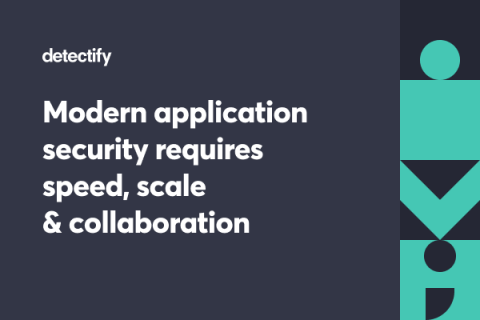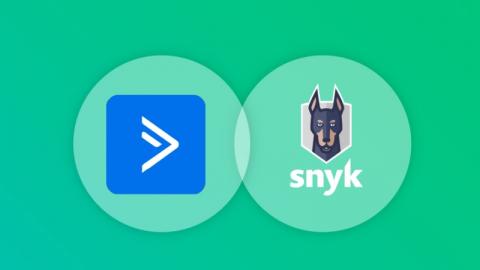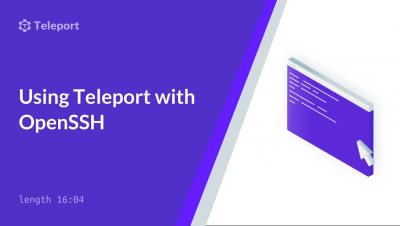The difference between SASE and Zero Trust
Customers often ask me: What is the difference between Zero Trust and SASE? My answer is almost always the same: Nothing….and, everything. Both have taken the industry by storm over the last couple of years, and even more so with the security and access demands on the business driven by the existing remote workforce, but both have different implementation approaches. It is important to understand, however, that one does not fully provide the other; in fact, they reinforce each other.










